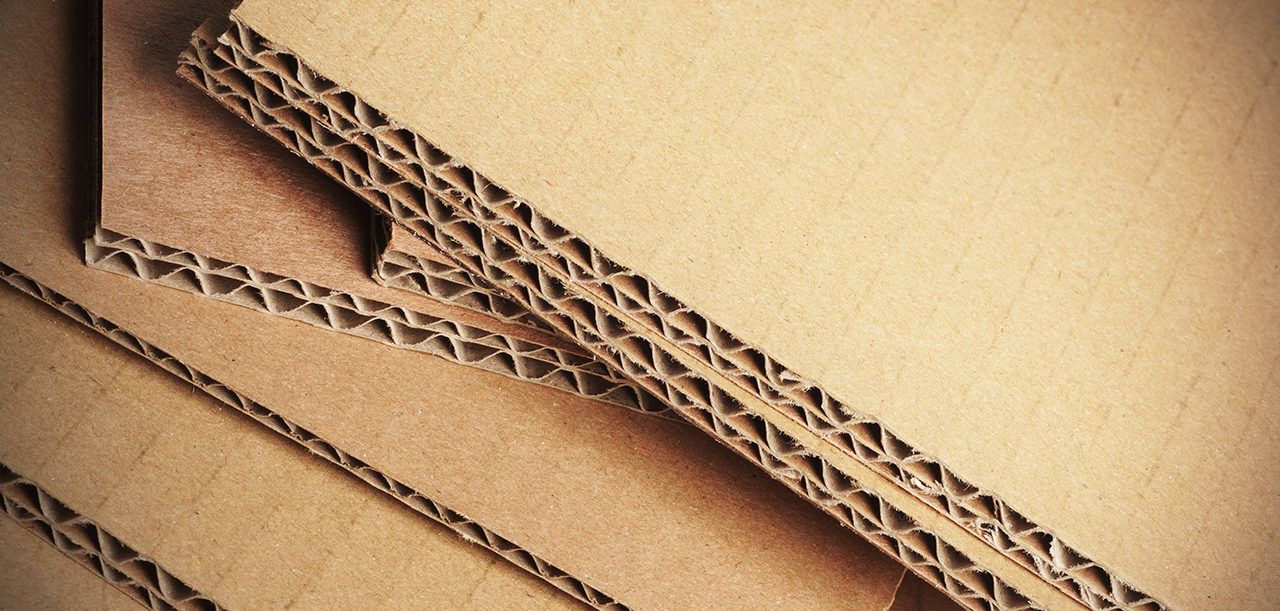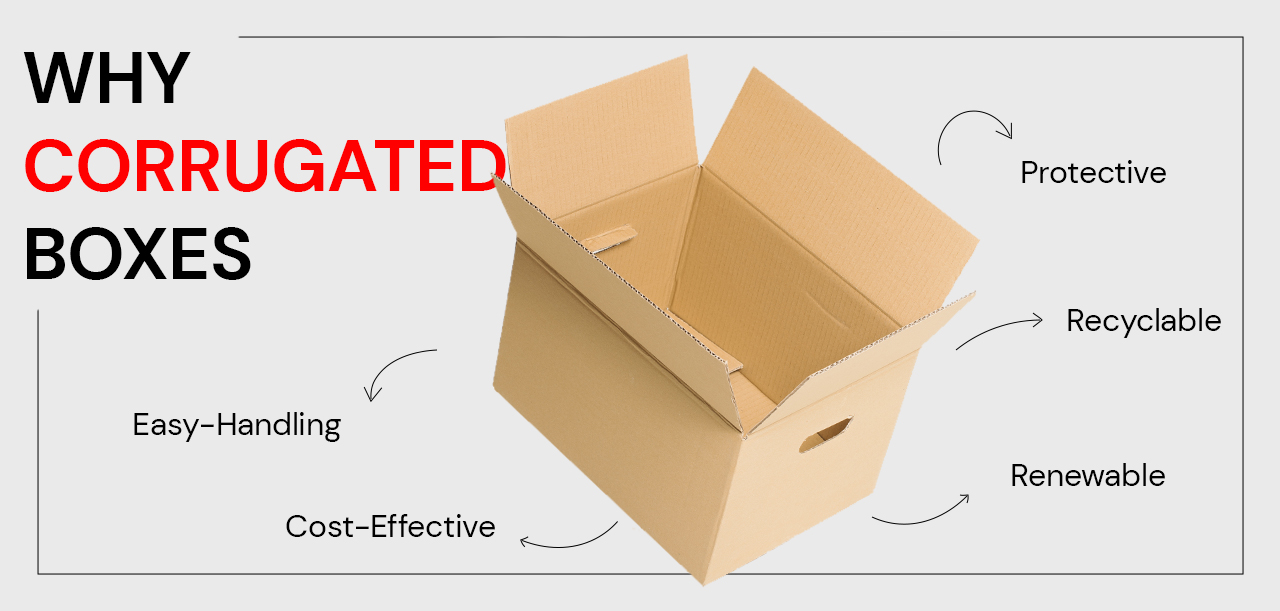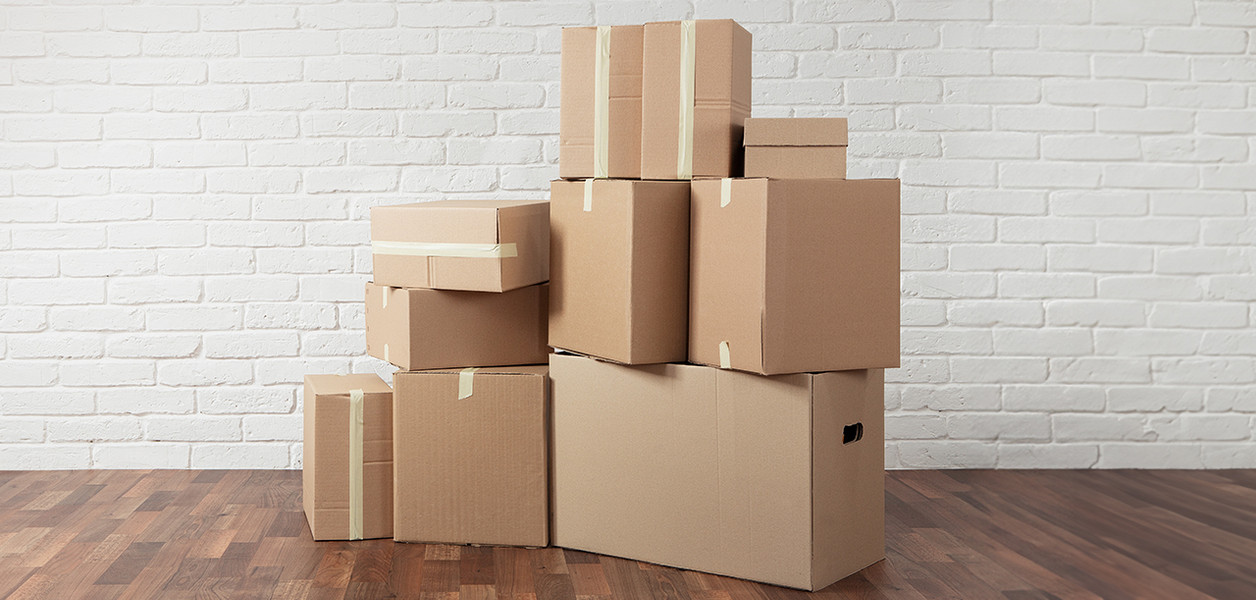When was the last time you paused, looked at a corrugated box, and thought, “Wow, that’s such a sturdy and amazing box”?
Possibly never, right?
Corrugated boxes have long been unsung despite being so readily available for all our packaging, storage, and transit needs.
Well, it’s about time we changed that. Who will appreciate and express gratitude to these reliable four-sided wonders, if not passionate packaging people like us (and corrugated boxes manufacturers)?
So, let’s get the box opened!
While there’s a lot to talk about and discuss about corrugated boxes, let’s first cover the gist of it all. Let’s explore their beginnings, general types, their versatile applications, and their many advantages for businesses and consumers.
An Accidental Invention
Interestingly, corrugated boxes were not an intentional invention. They happened by accident in the late 1800s when Robert Gair, a Brooklyn printer and paper-bag maker, cut seed bags instead of creasing them, leading to prefabricated paperboard boxes.
Gair soon realized that this method was quite efficient. It was also a more cost-effective solution to other packaging materials like wooden crates.
Next, businesses began to buy corrugated boxes and use them to house and retain the freshness of dry goods like cereal, tea, biscuits, crackers, and tobacco. The boxes opened a blank canvas for marketers to brand, package, and promote their products.
The earliest customers included companies like Kellogg’s, A & P - the Great Atlantic and Pacific Tea Company, Lorillard Tobacco Company, and Nabisco (National Biscuit Company).
Fast-forwarding to the present, the Fibre Box Association suggests that over 95% of all products in the United States today are packaged and transported in corrugated boxes.
But what exactly are corrugated boxes? How are they different from Gair’s paperboard boxes and the usual cardboard boxes?
Paperboard, Cardboard, and Corrugated Boxes
Paperboard is a one-layered material that’s thicker than average paper. On the other hand, cardboard is a three-layered heavy paper with two flat layers and a wavy one in the middle.
Cardboard boxes can make suitable small containers, packaging, structural support, and inserts for less rigid things.
A corrugated box is made up of multiple paper pulp layers. The middle layer is ‘fluted’ or ridged, to provide cushioning and support. These boxes, therefore, usually stay intact during transit, in moisture and sudden temperature changes.
So, what are the different types of corrugated boxes and their uses?
Types of Corrugated Boxes
Based on the ‘walls’ or layers of corrugated materials used in their construction, corrugated boxes are divided into the following categories:

- Single-Wall Corrugated Boxes These boxes have a single layer of corrugated material between two flat sheets. They are ideal for lightweight products and cost-effective shipping solutions.
- Double-Wall Corrugated Boxes With an additional layer of corrugated material, double-wall boxes give greater durability and protection and are generally used for fragile or heavier items.
- Triple-Wall Corrugated Boxes Designed for maximum strength, triple-wall corrugated boxes have three layers of corrugated material, making them ideal for heavy and bulky items, machinery, and industrial products.
Uses of Corrugated Boxes
Just as the many items you can place in a corrugated box, the applications of these boxes are diverse and virtually limitless.
- Retail Packaging An attractive and secure packaging solution for electronics, clothing, and more, corrugated boxes can also be customized with branding and graphics.
- eCommerce Shipping Ensuring products reach customers in excellent condition, corrugated boxes are the backbone of the eCommerce industry. Their strength and cushioning also protect items during transit.
- Industrial Packaging With their multiple layers, corrugated boxes offer robust packaging for heavy machinery, equipment, and industrial products.
- Food Packaging With food-safe qualities and incredible customizability, corrugated boxes are also a reliable aid for the food industry to ship perishable foods and bulk goods.
- Moving and Storage Their stackability and durability make corrugated boxes a dependable companion during moving and storage.
Advantages of Corrugated Boxes

- Strength and Protection Renowned for their strength-to-weight ratio, corrugated boxes are undeniably robust. The fluted layers provide cushioning and protection against impacts, reducing the chances of product damage.
- Eco-Friendly Choice Predominantly made from recycled materials, corrugated boxes are also recyclable. They can conveniently be recycled into new paper products, contributing to a circular economy.
- Customizability Manufacturers can easily customize corrugated boxes in size, shape, color, and branding to enhance their brand visibility and offer a unique unboxing experience.
- Cost-Effective Corrugated boxes offer cost-effective packaging solutions uncompromising on quality, especially when purchased in bulk or from wholesale box packaging suppliers.
- Easy Handling These boxes are lightweight and designed for easy handling, simplifying the shipping, storage, and distribution processes.
Conclusion
With adaptability for various industries and lending protection to numerous items, the long-overlooked corrugated boxes deserve some credit and appreciation. What’s more, they also contribute to sustainability efforts.
So, the next time you encounter these humble messengers and protectors, remember what went behind their making and the green legacy they’d be leaving behind.
Up Next
While this was just a peek into the lives of corrugated boxes, in the next few legs of this series, we’ll be delving deeper into how corrugated boxes manufacturers actually make the boxes, the different sizes of ‘flutes’ and how they matter, how the boxes are tested for their strength, and more!

